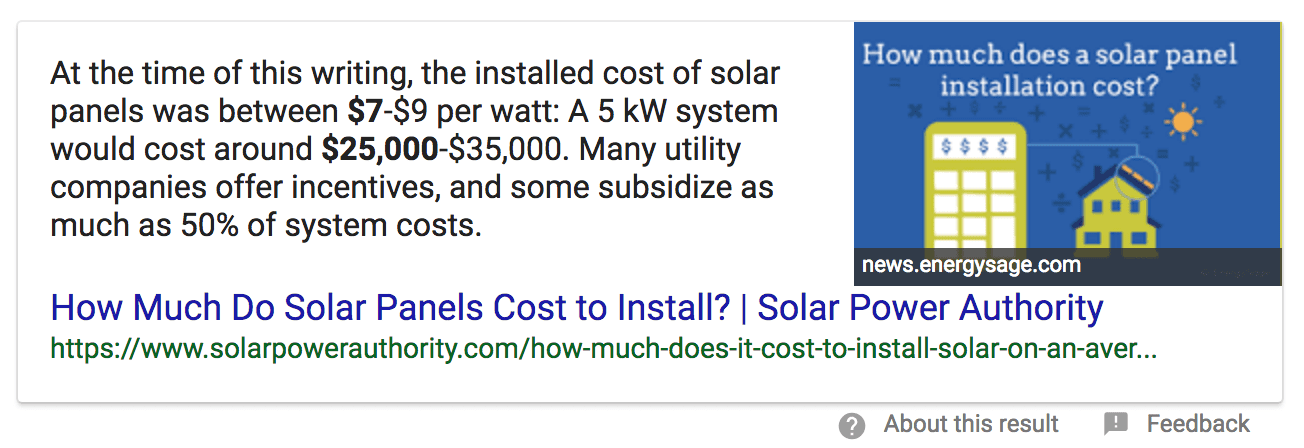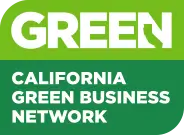You may have noticed recently that search engine results pages are looking very different from the traditional 10 organic search term list. Nowadays you can see answer boxes, people also asked boxes, knowledge graph, even look up flight or hotel reservation information directly from the search engine results page.
So how do you optimize your website to come up and those different areas? The answer is creating an on-SERP optimization strategy.
What does SERP mean?
SERP is an abbreviation for Search Engine Result Page and refers to the result a user receives after entering a query. SERPs can differ for the same term from device to device and based on location and other personalization factors.
What is SERP SEO?
This type of SEO strategy specifically targets features that are present on the search engine result pages for your top three words and topics. Let’s go through each type of featured snippet with an example for how you might optimize your content.*
*Search engines are constantly evolving, so from the time of writing this post to next week, there may be additional features that I have not included here.
What are SERP Features?
Local Pack – A Map with Reviews
This is perhaps the lowest hanging fruit from most local businesses. The best way to ensure that your business shows up in the map results is to clean your local business listings. These include Google My Business, Yelp, Bing places, Facebook places.
For each of these profiles, be sure to provide the most complete business information possible including business hours, a well-worded description, photos of the inside and outside of your business, as well as team members or product photos if relevant. Additionally, be sure to select the categories that your business falls under.
The importance of reviews
Reviews are essential for local businesses to both rank well in local searches and also to stand out from competitors.
Think about if you were searching for a business and out of three results one business had 35 four and a half star reviews versus another business that had one five star review. You would most likely trust of the 35 review business more than one single five-star review because there is a larger pool of information and is therefore consciously or unconsciously more trustworthy. For more on how reviews can impact your search engine optimization, please view our video on how reviews and impact your SEO.
Featured Snippet Answer boxes
Answer boxes are a popular feature that shows up in the SERPs for informational searches. These can include a simple two sentence answer or can include a bulleted or numbered list.
A strategy for ranking in this type of results would be to first search the term that you wish to appear for, then note which format this query triggers.
For example, if you search for, “How much does Solar cost?” you see an example with a two sentence answer and an image. If this was one of your target terms, you would look at this answer and brainstorm on how you can provide a better answer.

There are also other opportunities on this particular SERP page…
People Also Ask Dropdowns
This feature shows several questions that are related to the initial search and provides additional information in a similar format to Answer Boxes.
This is a treasure trove of information to use to your advantage. Use these frequently asked questions to build a content page, blog post or content asset like an infographic or e-book that provides a one-stop shop for your customers.
And it gets even better…

Related Searches
Search engines like Google are literally GIVING this information away. If you scroll to the bottom of the page for that same query, you see three different assets that list related searches! In this particular search, Google lists brand logos. Are you a brand that sells a similar service? Is your logo listed there? If not, you should absolutely dig deeper into the source of those logos (is it the company website? A list of top solar companies?) and develop a strategy to add your logo to the result.
Google also lists other related searches right there at the bottom of the page which should be added to your target list, researched, and strategies for competing developed.
Knowledge Graph
This is a result that often shows for broader topics such as a search for Tesla. The knowledge graph uses a variety of different sources to compile a comprehensive view of whatever popular term – or brand – the user searches for.
Creating a strategy for appearing in a knowledge graph is really a topic all on its own, but to simplify here for the sake of brevity, creating a robust search engine presence that includes sources such as your local business profiles, news articles, authoritative content on industry blogs, properly optimized images, public awards, social media profiles, Wikipedia entries, and more can help to achieve this sort of brand result.



Video and News Carousels
While we all can’t be as popular as the Notorious RGB, you can see that her SERP page features many of the results we’ve already discussed, as well as video results and news results.
In order for your brand to include similar features, you will need to develop a marketing strategy that includes video at a minimum. If you feel that your business has truly newsworthy information that will help with your brand visibility, you should also develop a PR strategy.
How to make a SERP Optimization Plan
Now that you know a majority of the SERP features in use today – and as I said, there could be 20 new features tomorrow – how do you make sense of this and put it into an actionable plan? Here are some suggestions:
- Compile your list of top keywords
- Do searches for each of these keywords on different devices (desktop, mobile, tablet if you have one.)
- Notate which features come up and how you might improve on the information provided there.
- Create a plan to implement those improvements.
What other tips have worked well for you in capturing SERP features? What other features have you seen that we not covered? We can add them!







